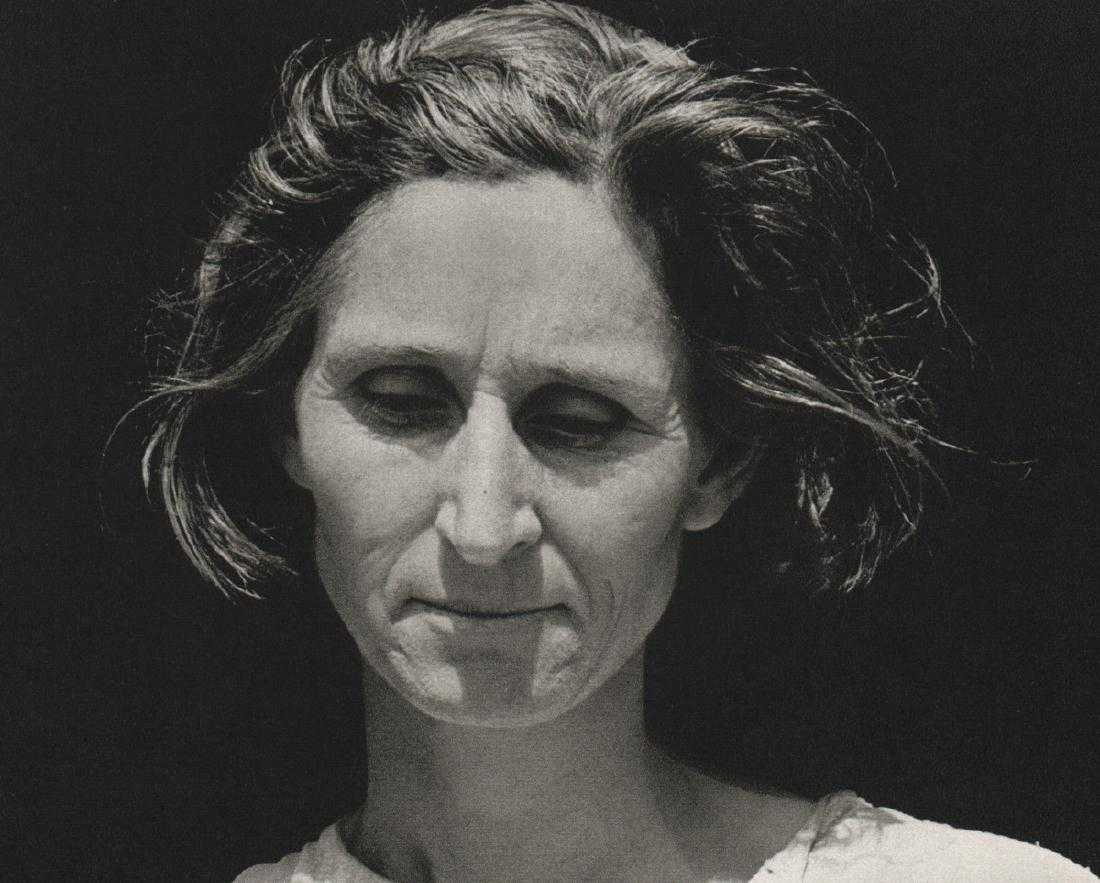Gallery with alias: PUBLIC_HISTORY_BLOG_POSTS not found

Dorthea Lange, who photographed some of the most stunning portraits of The Great Depression, once said, “Photography takes an instant out of time, altering life by holding it still.”
And for public historians, these representational “instances” help us preserve, document, and better understand the world. In short, photographs reveal who we are.
In the age of cellphones, social media, and digital photography, it’s estimated that people are taking 14 trillion photo images each year–many of these photos will be self-imaged, or “selfies.”

As this article points out, readily available digital photo technology makes it possible for us to edit these images of ourselves in ways that defy reality. Maybe “fake reality” is a better way to put it.
So years from now, as public historians sift and sort through our collective photo-history, they will have the daunting task of determining what images are real and genuine vs staged and pretend.
Years from now, as we go about putting together our family histories and look for images of great grandma on Instagram, who are we going to find?
Think about this for a moment . . .
This post is inspired by an online article appearing March 5, 2019 at Huffington Post: “Teenage Girls In This Photo Series Show The Scary Effects Of Editing Apps,” written b
PUBLIC HISTORY MATTERS
At The Social Voice Project, we celebrate and promote public history, including our community oral history projects that give us a chance to look, listen, and record the voices and stories of our time. We encourage all local historical societies and museums to capture, preserve, and share their communities’ lived experiences, memories, customs, and values. Future generations are depending on it.
Contact TSVP to learn more about our commitment to public history and community oral history projects.
MORE ESSAYS & THOUGHTS ON PUBLIC HISTORY

You must be logged in to post a comment.